Arts & Sciences Magazine Spring 2014
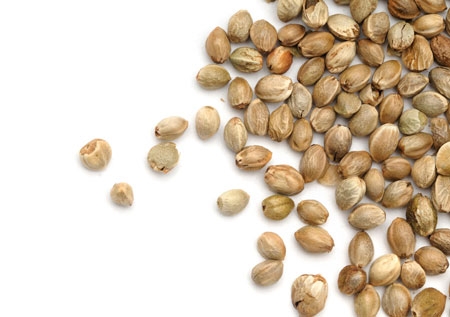
Seeds of Success
CAS Alumni Entrepreneurs are rooted in their UAB education.
Read more
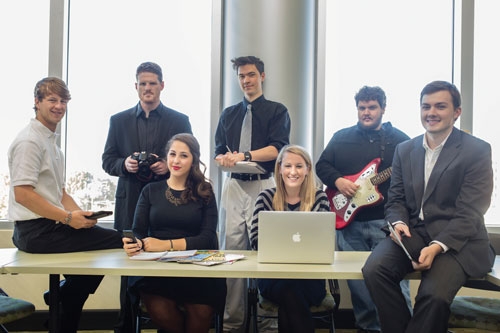
A New Kind of Storyteller
Most creative leaders in this world got to where they are today because they are problem-solvers: they find a need and fill it. In fact, it was this determined mindset that led Rosie O’Beirne and Anna Lloyd to establish the program of their dreams: the UAB Digital Media Fellows.
Read more
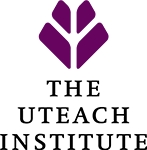
A Strong Stem
UAB was one of only five research universities chosen by the National Math and Science Initiative (NMSI) as expansion sites for their UTeach secondary science, technology, engineering, and math teacher preparation programs.
Read more

New Books
New books by CAS faculty include Beyond Sound, The College and Career Guide in Music Technology by Scott Phillips, Ph.D., assistant professor of music, and Beginning Partial Differential Equations by Peter O’Neil, professor emeritus in the Mathematics department.
Read more
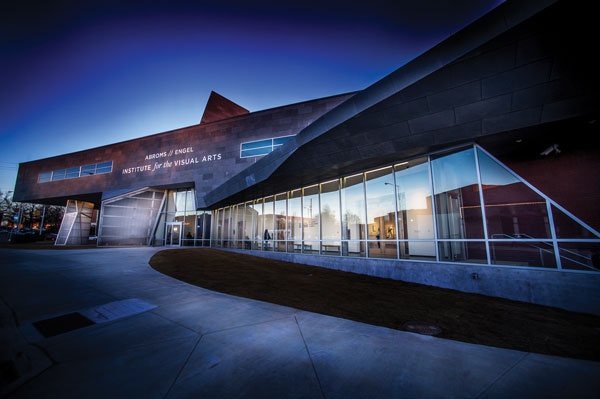
AEIVA Opens
The UAB College of Arts and Sciences opened its new Abroms-Engel Institute for the Visual Arts to the public January 16.
Read more
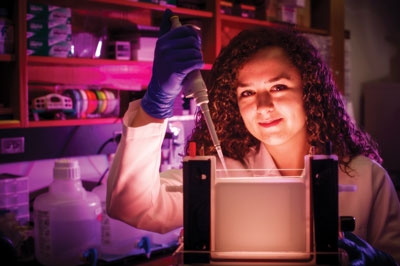
Dedicated Undergraduate Researchers Motivated to Succeed
You won’t find the “Fas pathway” on any hiking map, but thousands of researchers around the world are avidly studying the cellular receptor for clues that could have historic impact not only on disease but on science’s understanding of life and death.
Read more
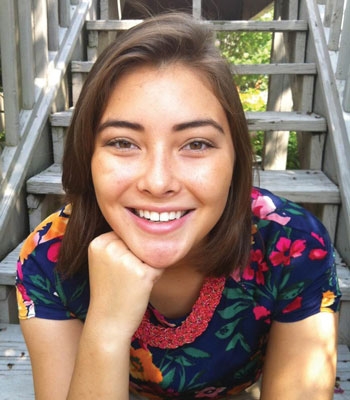
Clinton Scholars Study in the Middle East
UAB Honors Program student Yoonhee Ryder is one of 10 students chosen from the U.S. by the Clinton Presidential Foundation to “expand their educational and cultural horizons by studying in the Arab world.”
Read more
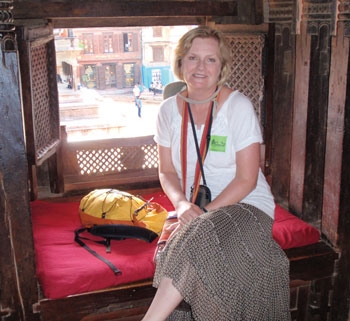
So What?
As the stories in this issue reveal, students and faculty across CAS are engaged in the kinds of cutting-edge research and energizing collaborations that will make this a year to remember.
Read more